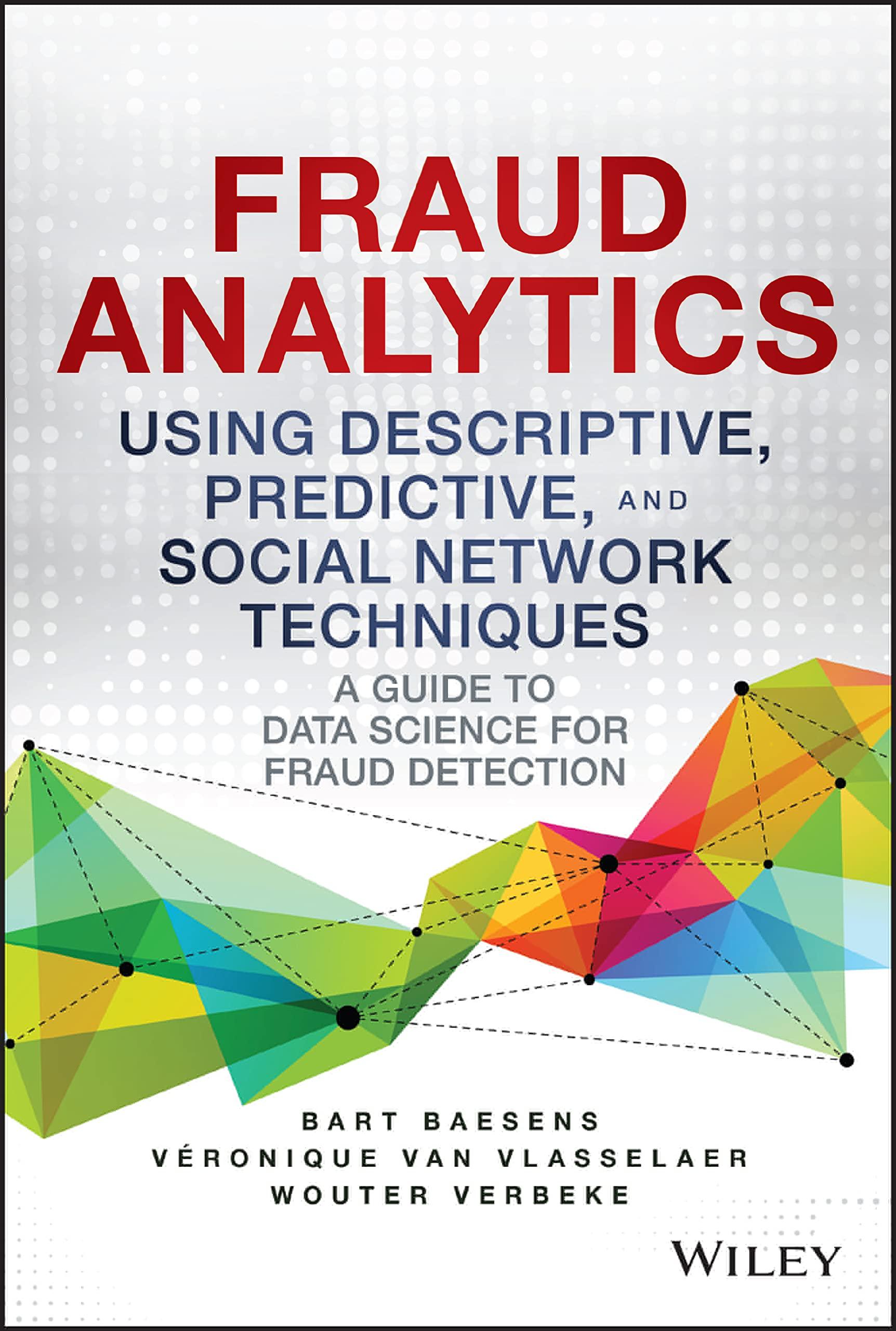Problem 5.57: Kim Kane sells lunches from a pushcart in a pedestrian mall near a busy office area. Over time, Kim has established a reputation for selling quality sandwiches, soups, and salads. Kim sells each sandwich for \$4, each bowl of soup for \$3, and each salad for \$3. Customers also can purchase a bottle of water or a can of soda from Kim for \$1. For every ten customers, three customers purchase both a soup and a sandwich; three customers purchase both a soup and a salad; two customers purchase only a sandwich; one customer purchases only a bowl of soup, and one customer purchases only a salad. Six of every ten customers also purchase a bottled water or soda with their food. Kim does not offer any price discounts for purchasing multiple items - thus, a customer who purchases both a soup and a sandwich is charged $7 (i.e., $4 for the sandwich +$3 for the soup). Kim estimates that her variable costs are as follows: $1.25 for each sandwich; $1.00 for each bowl of soup; and \$0.75 for each salad. She buys soda and water in bulk for \$0.25 a can (or bottle). Finally, Kim estimates that her fixed costs (which include the cost of her time, her pushcart license, plastic and paper products, condiments, and so on) total $4,950 per month. a. How many customers does Kim need to serve in a month to break even? How much sales revenue must Kim generate each month to break even? (hint: use sales per 10 customers to determine Kim's bundle and bundle contribution margin). b. Suppose Kim decides to offer a free can of soda or bottle of water to customers who purchase a sandwich-soup-salad combo (as you know, no-one currently purchases this combination). Assume that the three of every ten customers who currently purchase both a soup and a sandwich will be enticed by this offer. Also assume that these three customers had always purchased a soda or a water with their soup and sandwich. Kim's offer will have no effect on her other customer groups. How many customers does Kim need to serve in a month to break even? How much sales revenue must Kim generate each month to break even? Problem 5.43: The Cottage Bakery sells a variety of gourmet breads, cakes, pies, and pastries. Although its wares are considerably more expensive than those available at supermarkets and other bakeries, the Cottage Bakery has a loyal clientele willing to pay a premium price for premium quality. In a typical month, the Cottage Bakery generates revenue of $150,000 and earns a profit of $7,500. The Cottage Bakery's contribution margin ratio is 40%. a. What is the Cottage Bakery's margin of safety at its current sales level? b. What is the Cottage Bakery's operating leverage? c. What is the revenue required for Cottage Bakery to break even on a cash basis? Assume that 30% of the Cottage Bakery's fixed costs represent non-cash items (e.g., depreciation expense on the ovens, furniture, and fixtures). All other expenses are paid in cash and all revenues are received in cash








